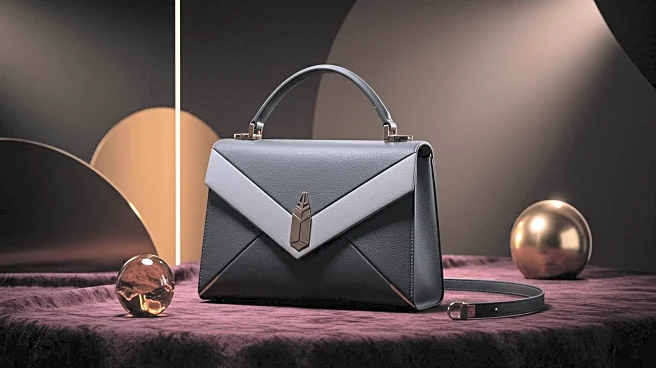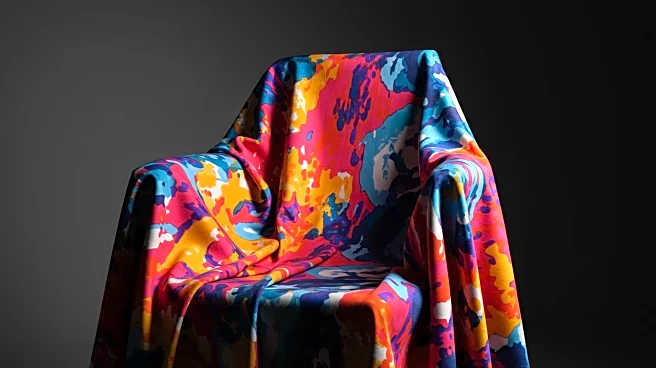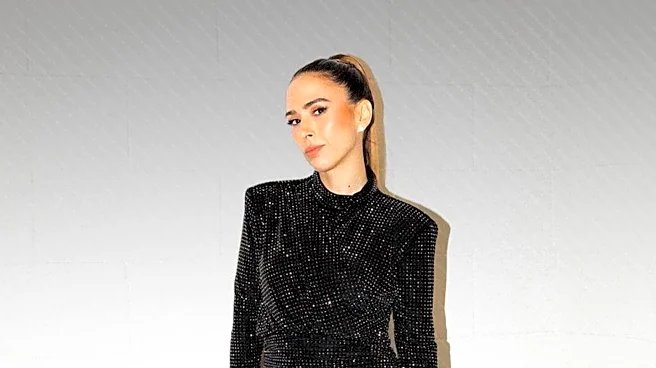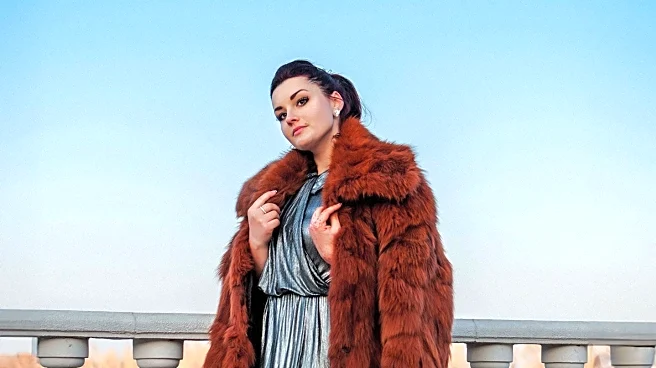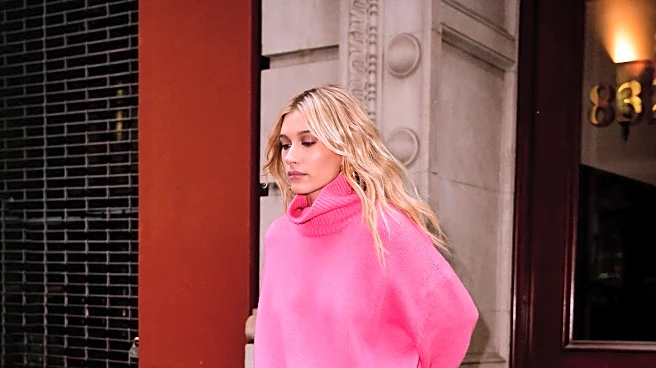What's Happening?
Shay Shariatzadeh, wife of John Cena, made a striking fashion statement at the premiere of HBO's 'Peacemaker' season two in New York City. She wore cobalt Roberto Cavalli mules, which featured a pointed toe and high spool heel, complementing her red double-breasted blazer dress. The mules, with their mirror-bright upper and sculptural finish, added a comic-book edge to her ensemble, aligning with the premiere's theme. John Cena, dressed as Peacemaker, accompanied her in a red, blue, and cream uniform, enhancing the event's costumed energy. Shariatzadeh's choice of footwear reflects a trend towards bold, comic-panel clarity in fashion, as seen with other celebrities like Rebecca Romijn and Vanessa Kirby.
Why It's Important?
Shay Shariatzadeh's fashion choices at high-profile events like the 'Peacemaker' premiere highlight the growing influence of comic-book aesthetics in mainstream fashion. This trend is significant as it showcases the blending of pop culture with high fashion, potentially influencing designers and consumers alike. The use of bold colors and sculptural designs in footwear, as demonstrated by Shariatzadeh, may inspire future fashion collections and consumer preferences. Additionally, her choices contribute to the ongoing revival of Roberto Cavalli's brand, emphasizing high-impact color and unique silhouettes as key elements of modern style.
What's Next?
As comic-book inspired fashion continues to gain popularity, designers may increasingly incorporate elements like bold colors and sculptural shapes into their collections. This trend could lead to collaborations between fashion brands and entertainment franchises, further merging the worlds of fashion and pop culture. Consumers might see more accessible versions of these high-fashion pieces, influencing everyday style choices. Additionally, Roberto Cavalli's revival streak may continue, with the brand capitalizing on this trend to expand its market presence.
Beyond the Headlines
The integration of comic-book aesthetics into fashion raises questions about the cultural impact of pop culture on traditional fashion norms. It challenges designers to innovate and adapt to changing consumer tastes, potentially leading to a more diverse and inclusive fashion industry. This trend also reflects broader societal shifts towards embracing individuality and creativity, as consumers seek unique ways to express their identities through fashion.



